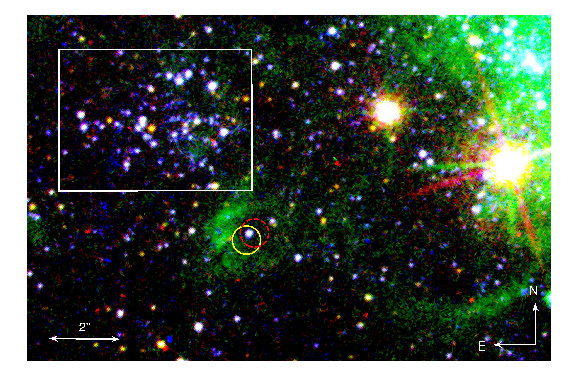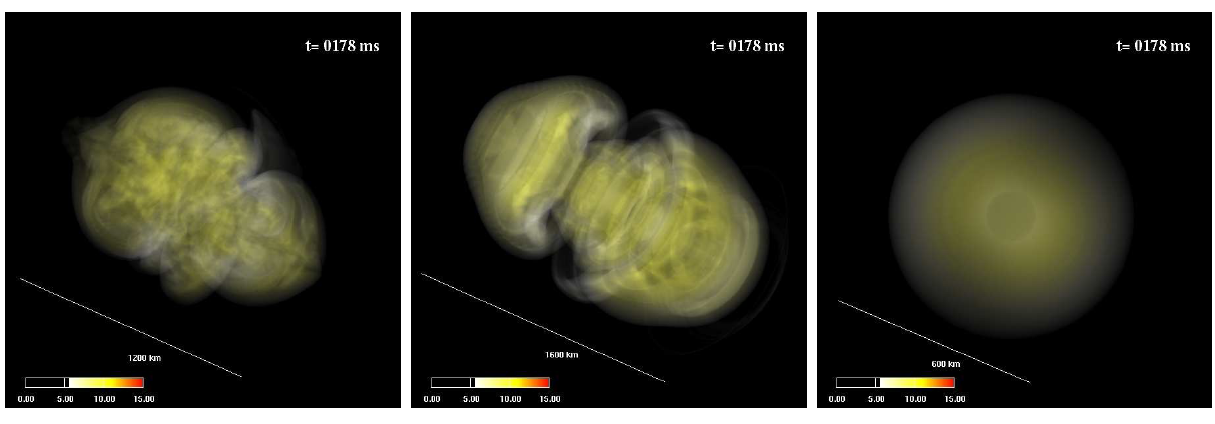
by Maria Drout | Sep 23, 2011 | Daily Paper Summaries
Continuums seem to be the name of the game in astronomy. On more than one occasion, astronomers have defined discrete subclasses for a type of phenomena only to later discover objects which populate an intermediate space between their original classifications. So… what about black holes?

by Maria Drout | Sep 8, 2011 | Career Navigation, Daily Paper Summaries
Title: Astronomy Career Profiles from the AAS Newsletter Archives Authors: Travis Metcalfe, Leila Belkora, Liam McDaid, Blake Bullock, Christine Pulliam, Peter Williams, Joshua Roth, Barb Whitney, Knut Olsen, Andy Howell, Luke Keller For those of you who feel like you have your life and your future completely figured out, I apologize in advance for this post. But ‘tis the season: the beginning of a new academic year, the time when many of you may be thinking about the next stage in your careers. Dan already wrote two fantastic posts this week about the process of applying to graduate school (here and here) but now I want to take a step back.Going to graduate school is a large commitment, and making the decision to do so can be a stressful process. In astronomy, in particular, I have encountered numerous students plagued by a series of ‘what ifs’, all of which seem to stem from a basic misconception about what going to astronomy graduate school actually means for your future.To help frame this misconception, I pose the following question to all of you thinking of pursuing astronomy, “What’s the point?” This may seem like a very philosophical question, and it is, but I guarantee that at some point in your career you will be asked to justify what you do to a “layman”. So start working on your answer now. And let me warn you: it is quite frankly harder in astronomy than some other sciences. Although space cowboys on asteroids are pretty cool, it is my opinion that we can’t really just default to, “some day this research will save...

by Maria Drout | Aug 24, 2011 | Daily Paper Summaries
Three-dimensional Hydrodynamic Core-Collapse Supernova Simulations for a 11.2 M⊙ Star with Spectral Neutrino Transport Tomoya Takiwaki, Kei Kotake, Yudai Suwa First author’s institution: Center for Computational Astrophysics, National Astronomical Observatory of Japan Core-collapse supernovae are some of the most energetic explosions in the universe and astronomers have devoted an incredible amount of both brain power and computational power to unraveling this astrophysical phenomenon. Despite this fact, the problem is far from solved.The ‘standard model’ for these explosions begins when a star with an initial mass greater than ~8 solar masses has progressed through a series of nuclear fusion processes in its core, culminating in the burning of silicon into iron-56. At this stage, fusion can proceed no further and the outward pressure supplied by the energy produced during nuclear burning ceases. If the overlying star is massive enough, the core will be unable to support itself and begins to collapse. In this high energy environment photodisintegration (effectively the reverse of nuclear fusion) and electron capture convert the iron core into free neutrons. When the core reaches approximately nuclear density, pressure exerted by the strong nuclear force and neutron degeneracy cause the collapse to halt. The remaining infalling matter then “bounces” off the proto-neutron star, causing an outward propagating shock wave.Ok, now hang with me. This is where it starts to get complicated… Simulations indicate that this initial shock is NOT what causes the supernova explosions we observe. Rather, additional photodisintegration and neutrino release cause the wave to lose energy and halt after less than a second. This produces a “standing shock” approximately 150 km from the proto-neutron star. In order...



